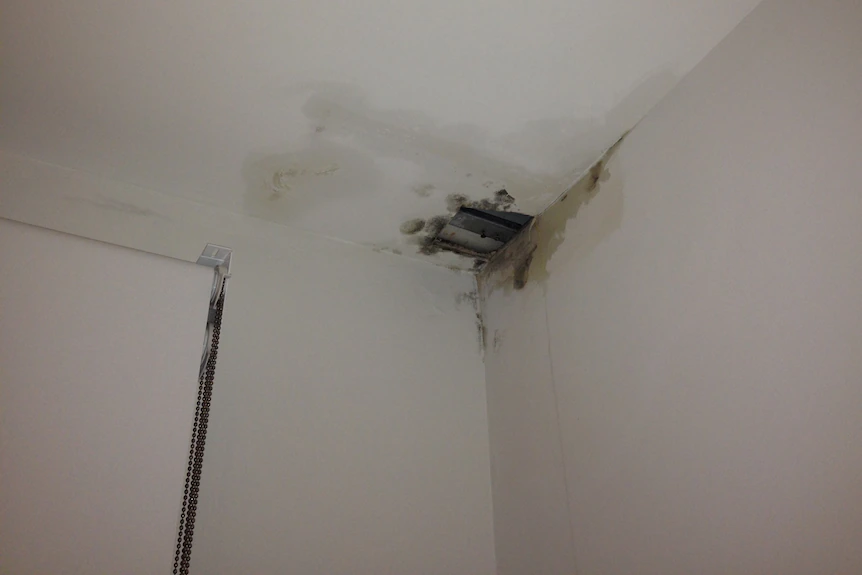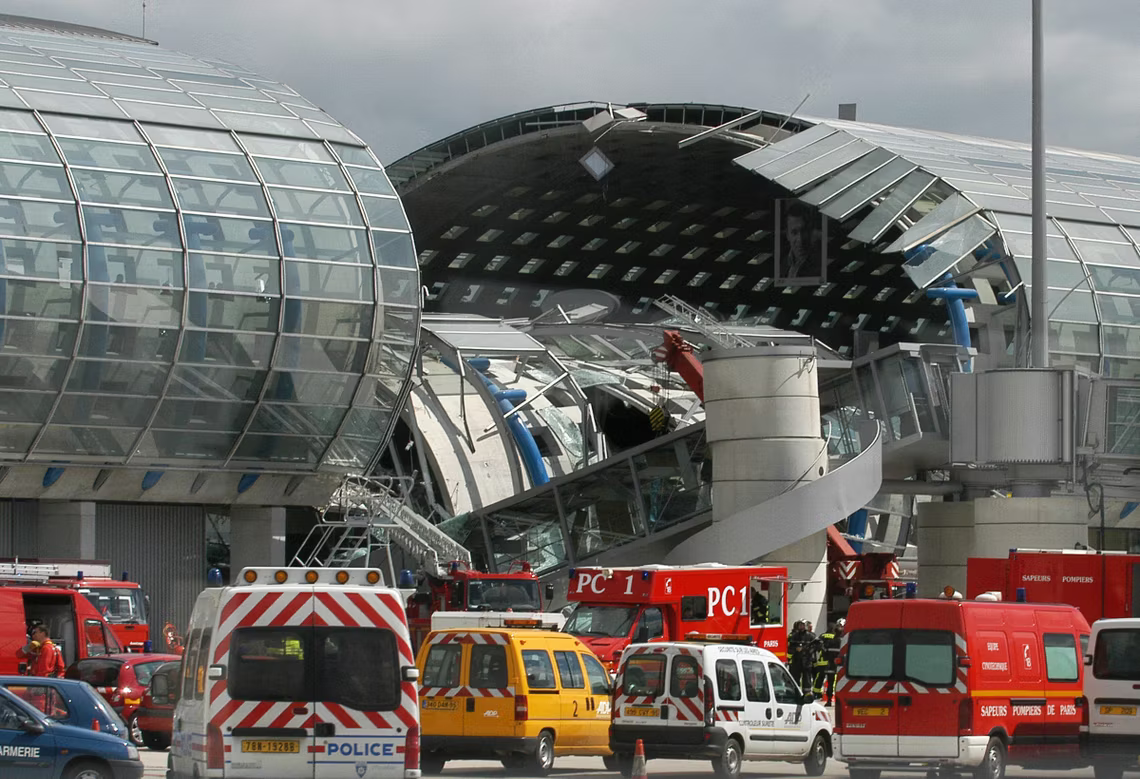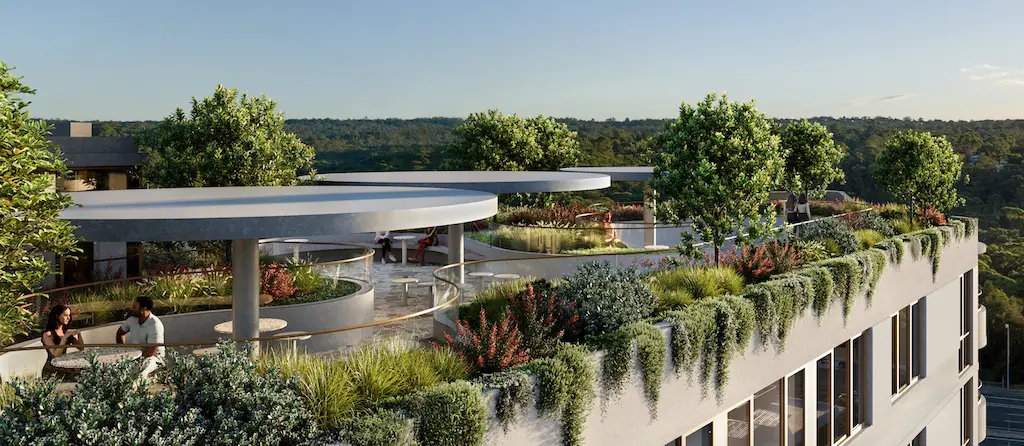Abstract
The Charles de Gaulle Airport in Paris suffered a catastrophic collapse in 2004. The incident occurred when a section of steel roofing at Terminal 2E crashed down causing 4 people dead and injuries to several passengers. Investigation revealed that the reasons for the collapse were a combination of faulty design and workmanship. After four years of reconstruction, Terminal 2E reopened in March 2008, costing EUR 150 million (AUD 250 million) covered by insurers and reinsurers.
Content
The Charles de Gaulle International Airport is one of the largest airports in the world. As a significant component of the expansion project in 1997, Terminal 2E started to be used in June 2003, with a cost of approximately 750 million euros. The 450-metre-long terminal building is an elliptical tube on parallel longitude beams constructed of 30-centimetre-thick reinforced concrete rings. However, just nine months after its operation, at 7 o’clock in the morning of 23 May 2004, a 30-meter section of glass of the roofing structure collapsed within the boarding area. The incident happened during the early morning hours and left 4 casualties, the consequences could have been more devastating if it occurred during rush hour.
The French Commission for the Administrative Investigation indicated that the structural engineering defects may have been a possible cause of the accident. These issues in structural design were associated with poorly placed reinforced steel, a lack of structure supports, weak outer steel structures and concrete support beams. The Chief architect of the project also released a statement mentioning that weak metal reinforcement in the concrete was the primary factor leading to partial collapse.
The collapse could also be attributed to failures in the construction process. Aéroports de Paris (ADP) was responsible for both designing and constructing this project. It was reported that there were hundreds of stakeholders involved in the work, which largely increased the management complexities. Meeting the project’s proposed timeline posed another challenge for ADP. Consequently, there may have been inadequate supervision of design reviews and site work inspections during the process, resulting in quality issues.
Following the demolition of the existing structure and the construction of a new light steel structure, the terminal reopened to the public in 2008. The estimated cost of the rebuilt project was 150 million euros (AUD 250 million). Since the airport owner had Decennial Liability Insurance (DLI), also known as Latent Defects Insurance (LDI), insurers and reinsurers were to guarantee the payout. DLI/LDI insurance is a mandatory program in France that provides cover against damage caused by defects in design, workmanship or materials affecting the structure, external walls and roofs. In this case, even though the cause of the collapse is unclear, LDI/DLI would still come into effect to facilitate repairs, as it is a strict liability policy.
The collapse of Charles de Gaulle Airport’s Terminal 2E in 2004 was a tragic event that exposed a combination of design and construction flaws. It prompted a re-evaluation of quality control in airport infrastructure projects and highlighted the importance of Latent Defects Insurance in addressing such structural defects-related incidents in the future.



